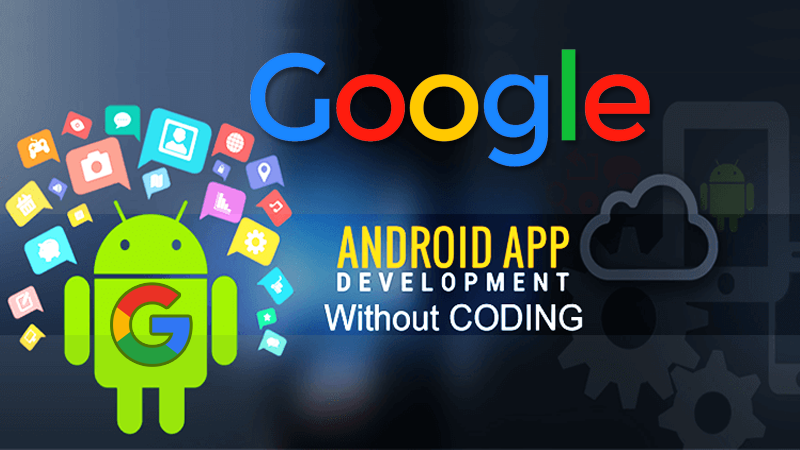
The Palette section contains a wide set of visible components and non-visible components which you can drag and drop to the Viewer section. The Viewersection shows you a real-time preview of the screen. This section has three sub-sections Viewer, Palette, and Components. The Designer section is where you can create a user interface and layout for the app and add other components. You can simply drag and drop any type of assets from your computer and access them later from the Assets Manager. In the Assets section, you can upload your assets which you want to use in the app. The overall app building process is divided into three sections: Assets, Designer, and Blocks. This app creator support app development for mobile as well as tablet. You can copy the content of one screen to another and modify it accordingly. In this online IDE, you can create multiple screens and add components with simple drag and drop. It packs a wide range of components covering Google components, sensors, database support, monetizations from various sources and much more. It has a built-in set of blocks for various functions which you can connect with your app components.Īlso read: Free IDE For JAVA, Groovy, Scala, Android Development: IntelliJ IDEA Create Android App without Coding:īuilding Android apps with Kodularis simple and convenient than other conventional coding methods. Instead of using coding to connect the components, Kodular uses blocks. You can add these components to your app screen with simple drag and drop and modify them accordingly.

This app creator platform has a library of built-in components that covers almost every type of components you possibly need in an Android app. Kodular is a free platform where you can convert your ideas into an Android app.

This article covers a versatile online tool to create an Android app that doesn’t require any coding. But, in the end, coding is required to interconnect them and define their logic. You can also find some app development tools which provides some built-in components which you can add to your app. The conventional methods involve lots of coding, and for that, you have to learn Android app development.

There are several methods to build Android apps.


 0 kommentar(er)
0 kommentar(er)
